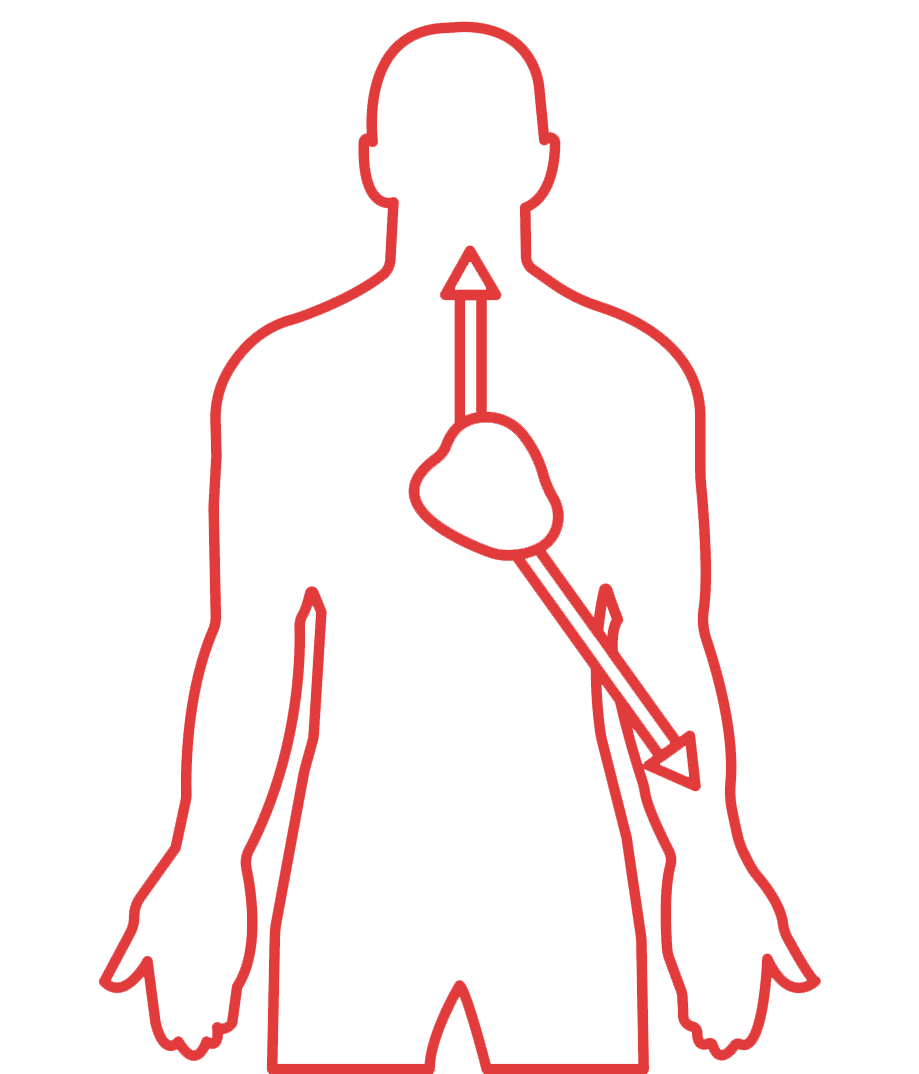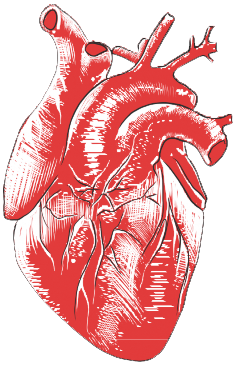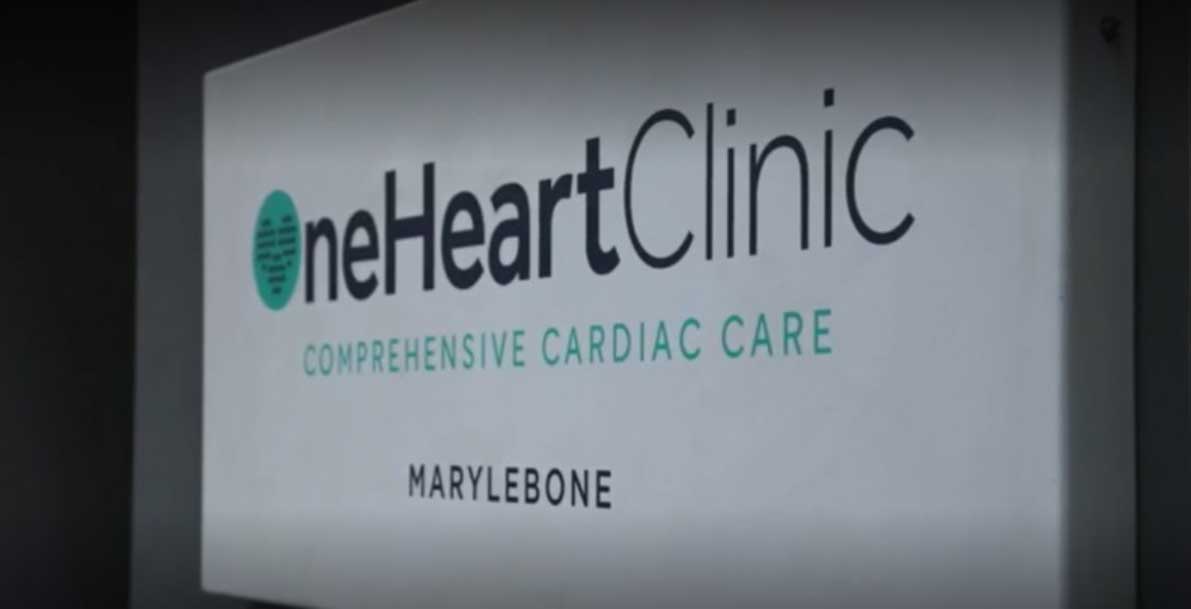What is angina?
- By One Heart Clinic
- November 30, 2023
WHAT IS ANGINA, AND WHAT DOES IT FEEL LIKE?

Angina is the term used for chest pain or chest heaviness that is due to a narrowing within one or more of your coronary arteries. It is typically brought on by physical exertion or activity.
Angina can be felt and experienced differently from person to person, however the typical description is of a chest heaviness that occurs in the centre or left side of the chest, this may move (or radiate) to the neck and/or the left arm. It can be associated with breathlessness and occasionally the feeling of being lightheaded.
WHEN DO YOU GET ANGINA?
Stable angina occurs during or following activity. The symptom is resolved by stopping and resting. The symptom lasts for up to 15-20 minutes before it resolves. If you have a background of coronary artery disease and have known angina you may have been given a spray to take under the tongue which is a ‘GTN’ (Glycerlytrinitrate) spray which temporarily increases the blood supply to your heart to relieve the angina episodes.


WHAT CAUSES ANGINA?

Angina is caused by narrowing’s within your coronary arteries. The narrowing’s are caused by a disease process called atherosclerosis which leads to coronary artery disease. The coronary arteries supply the blood supply to your heart therefore if there is a narrowing this can lead to reduced blood supply to the heart during periods of increased activity. Once the activity stops the symptom tends to resolve.
Coronary disease develops in the presence of risk factors such as (but not limited to) a genetic (family) history of coronary artery disease, increasing age, high blood pressure, high cholesterol and diabetes.
If angina progresses, it can become ‘unstable’. This is when you have symptoms on limited activity, such as walking up flight of stairs or even at rest.
WHAT IS THE TREATMENT FOR ANGINA?

Coronary artery disease is like many medical conditions and is primarily treated with medications. The medications will aim to do two things: 1. Minimise the progression of the narrowing and prevent a heart attack (e.g. drugs like aspirin or statins). 2. To treat the symptoms and improve how you feel so you can do more with less chest pain or heaviness (e.g. beta blockers, nitrates).
If symptoms remain troublesome despite medical treatments or are so intrusive that they are affecting your quality of life then opening the arteries with stents via a keyhole procedure called percutaneous coronary intervention (PCI) could be considered if suitable.
WHEN SHOULD YOU SEEK HELP?
If you develop chest tightness or heaviness that is new or progressing you should see your GP to potentially start treatment and have the symptoms investigated. If you are concerned about chest pain symptoms that are occurring at rest or are making you feel unwell then you should seek urgent medical attention.

WRITTEN BY DR KALPA DE SILVA

Dr De Silva is a consultant interventional cardiologist, at St. Thomas’ Hospital, London having recently moved his NHS practice from the Bristol Heart Institute. He specializes in the management of coronary artery disease, looking after patients with chest pain, angina and those who have suffered heart attacks.

